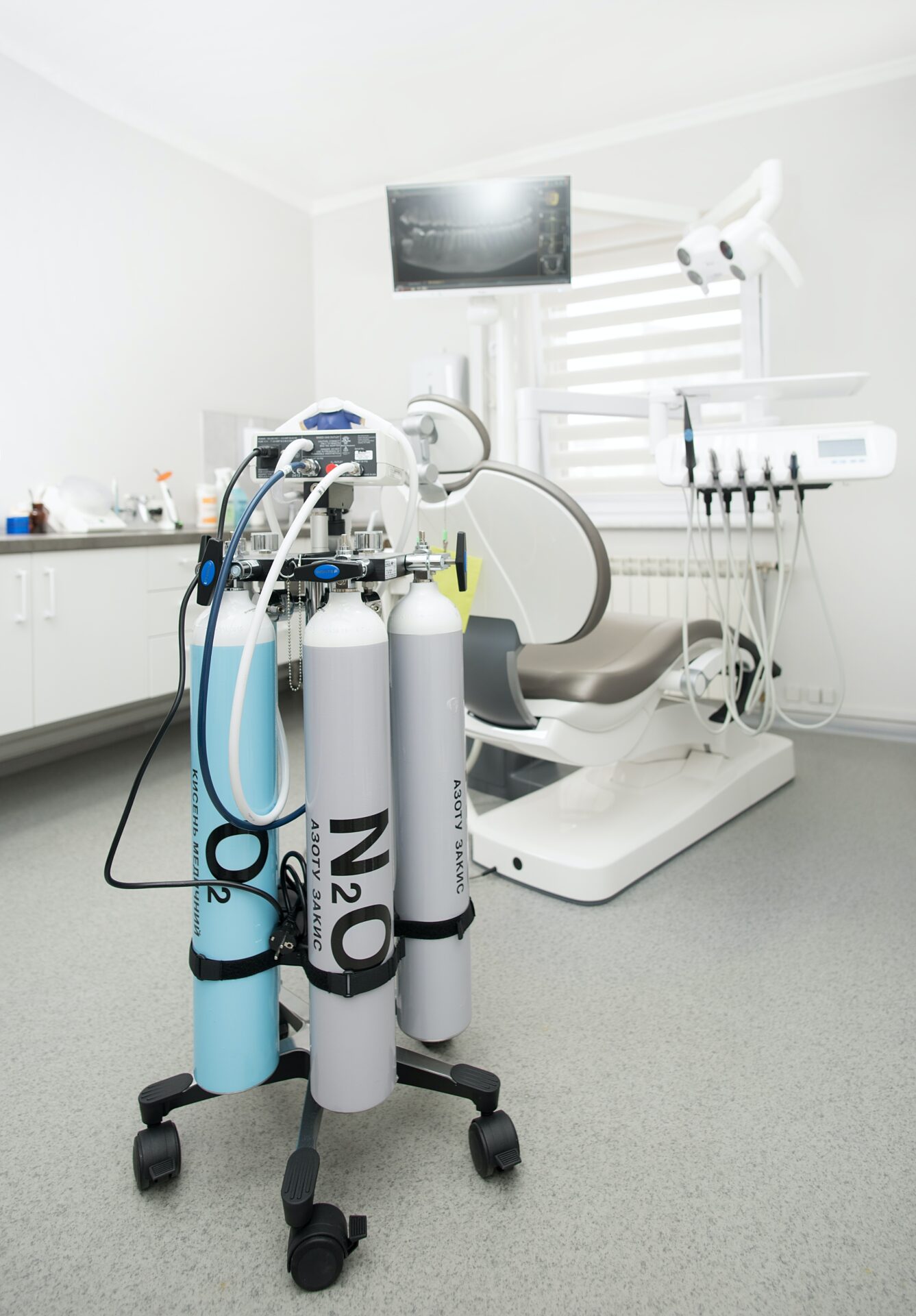
Gasses used in the medical sector that meet the functional definition of a medicinal product, according to the Belgian law of 25th of March 1964 on medicines, are considered medicines. The following gasses, among others, can be considered medicinal products: oxygen and nitrous oxide for inhalation, gaseous or liquid, in cylinders or cryogenic containers (mobile or fixed), medical air for inhalation obtained by compression of ambient air, reconstituted air, nitrous oxide/oxygen (50-50%), carbon dioxide/oxygen (10-90%, 5-95%…).
These medicines are identified by a specific registration number in which the letter G appears, a batch number (prepared according to the legal code) and an expiration date (Circular 466 from FAMHP – FR or NL ).
Distributors of these medicinal gasses are obliged to comply with Guidelines of 5 November 2013 on Good Distribution Practice of medicinal products for human use.
On the other hand, distributors of medicinal gasses need to comply with other regulations, including in the handling of medicinal gasses to protect themselves and the patient.
Bottles of medicinal gasses need to be stored in a dedicated area of the warehouse, separate from other products. As medicinal gasses present special safety risks of fire or explosion, appropriate safety and security measures should be considered when storing medicinal gasses.
It goes without saying that unauthorized access is prevented, by a monitored intruder alarm system, surveillance cameras and appropriate access control, even when stored outside the warehouse, in the open air. The only other requirement is that the bottles of medicinal gasses are stored under cover.
The following requirements need to be considered as well when storing bottles of medicinal gasses in a dedicated area of the warehouse:
During transport of bottles of medicinal gasses, the following requirements need to be considered:
Bottles containing medical gasses should always be handled with care by all operators wearing recommended safety equipment, including safety footwear.
Patients requiring medicinal gasses shall have a prescription from the physician for reimbursement purposes only. The distributor shall receive an order for medicinal gas from a patient via a pharmacy or hospital pharmacy. The customer qualification of the pharmacy or hospital pharmacy shall be performed by the distributor, based upon the lists provided by the FAMHP. The distributor can directly deliver and install the medicinal gas at the patient’s home.
It has to be noted that medicinal gasses don’t fall under the Falsified Medicines Directive requirements.
The patient needs to be informed about the risks of the use of medical gasses. When a patient is treated with oxygen, the patient exhales more oxygen than usual. The air in the patient’s home becomes oxygenated. This is itself not dangerous, but other materials can burn very violently as a result. Contact with pure oxygen can cause oil and grease to ignite spontaneously. Therefore, it is important that no butter, oil, grease, or alcohol (including the alcohol in creams) come into contact with the equipment. During the use of oxygen, for the same reason you should not use oily creams on the lips and/or nose such as lip balm or Vaseline.
Also, smoking is prohibited in the proximity of the bottles.
The operators should be trained on the risks that operations entail.
Medicinal gasses considered as medical product have a batch number and expiry date assigned and are provided with a leaflet. Unused containers of medical gasses must be sealed. Once the seal is removed, the bottle is considered opened and should not be used by another patient. The operator installing the bottle of medicinal gas at the patient’s home shall remove the seal, unless the bottle is supplied as a spare.
Empty bottles are returned to the manufacturer. The bottles are cleaned and reused. Only a company with a manufacturing authorization is authorized to (re)fill empty bottles with medicinal gas.
Not sure your premises meet all requirements for medicinal gas handling ? Q-support can support you to ensure you comply with regulations on medicinal gasses, please contact us to meet our experts !
Do you want to receive our interesting blogs directly into your email? Subscribe to our newsletter!